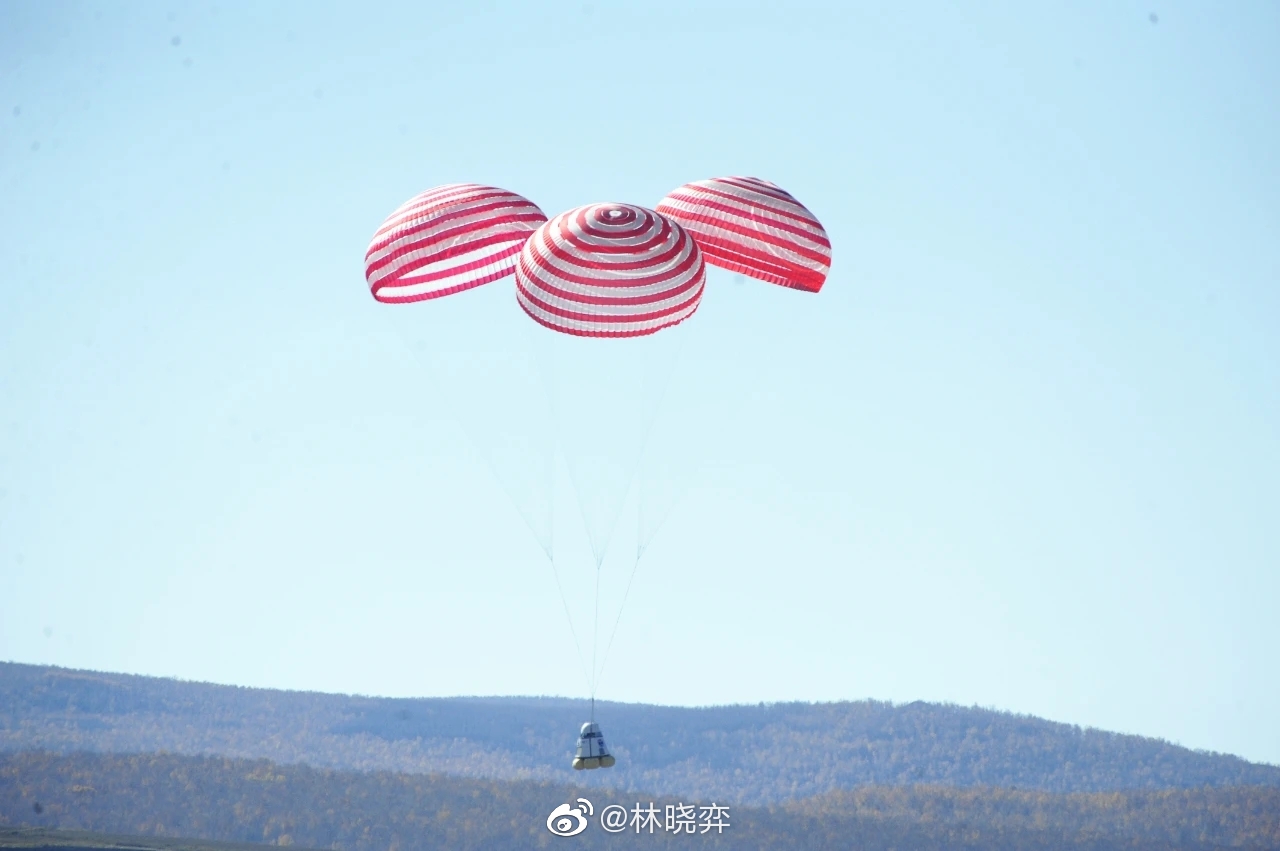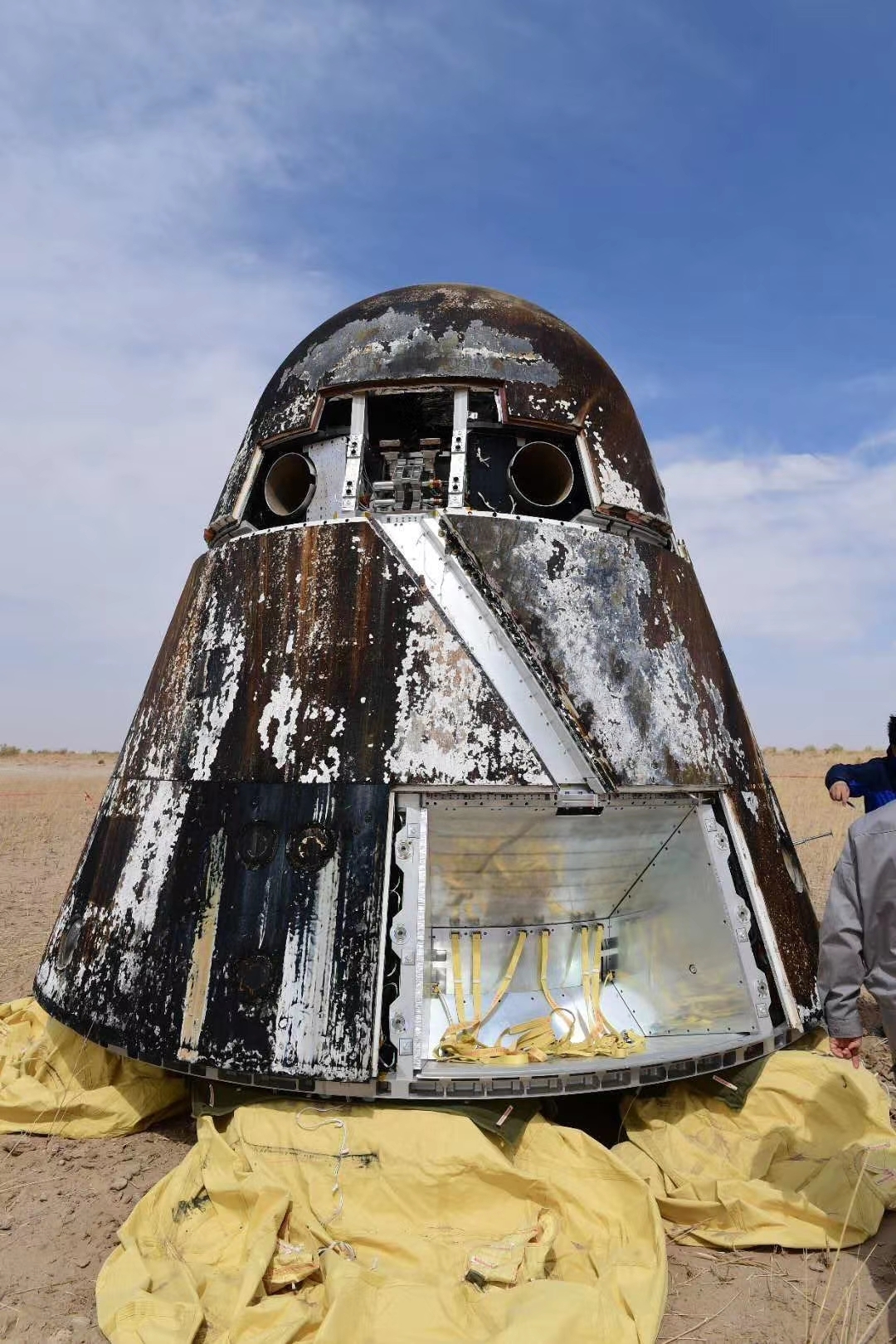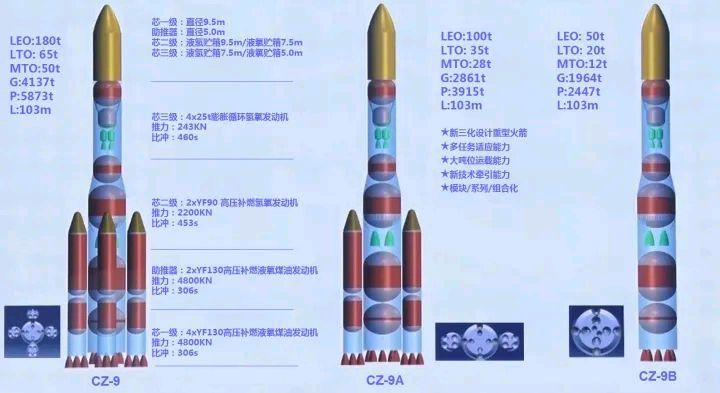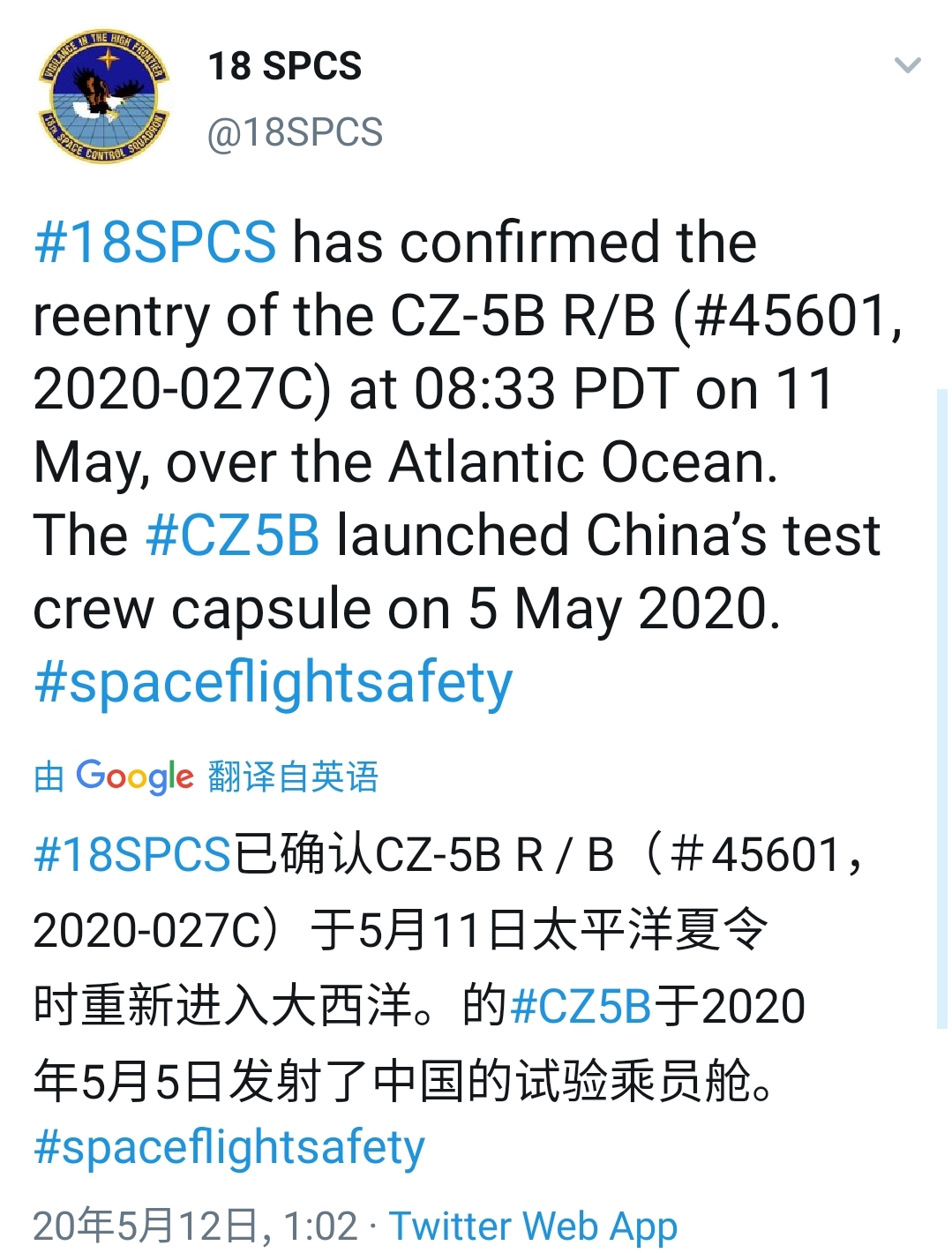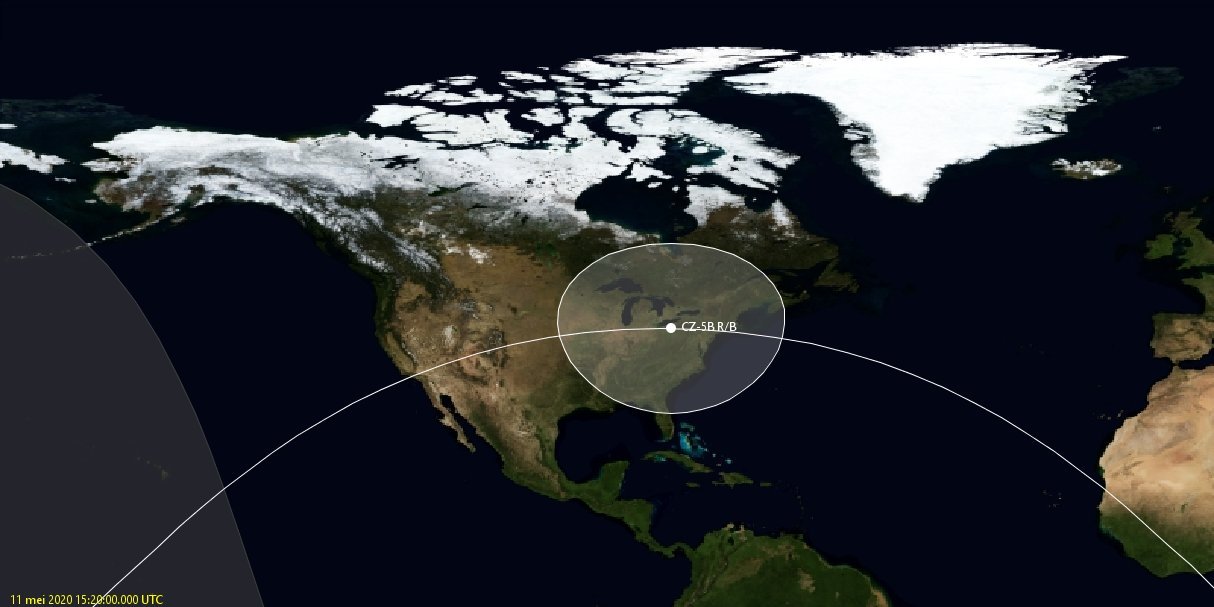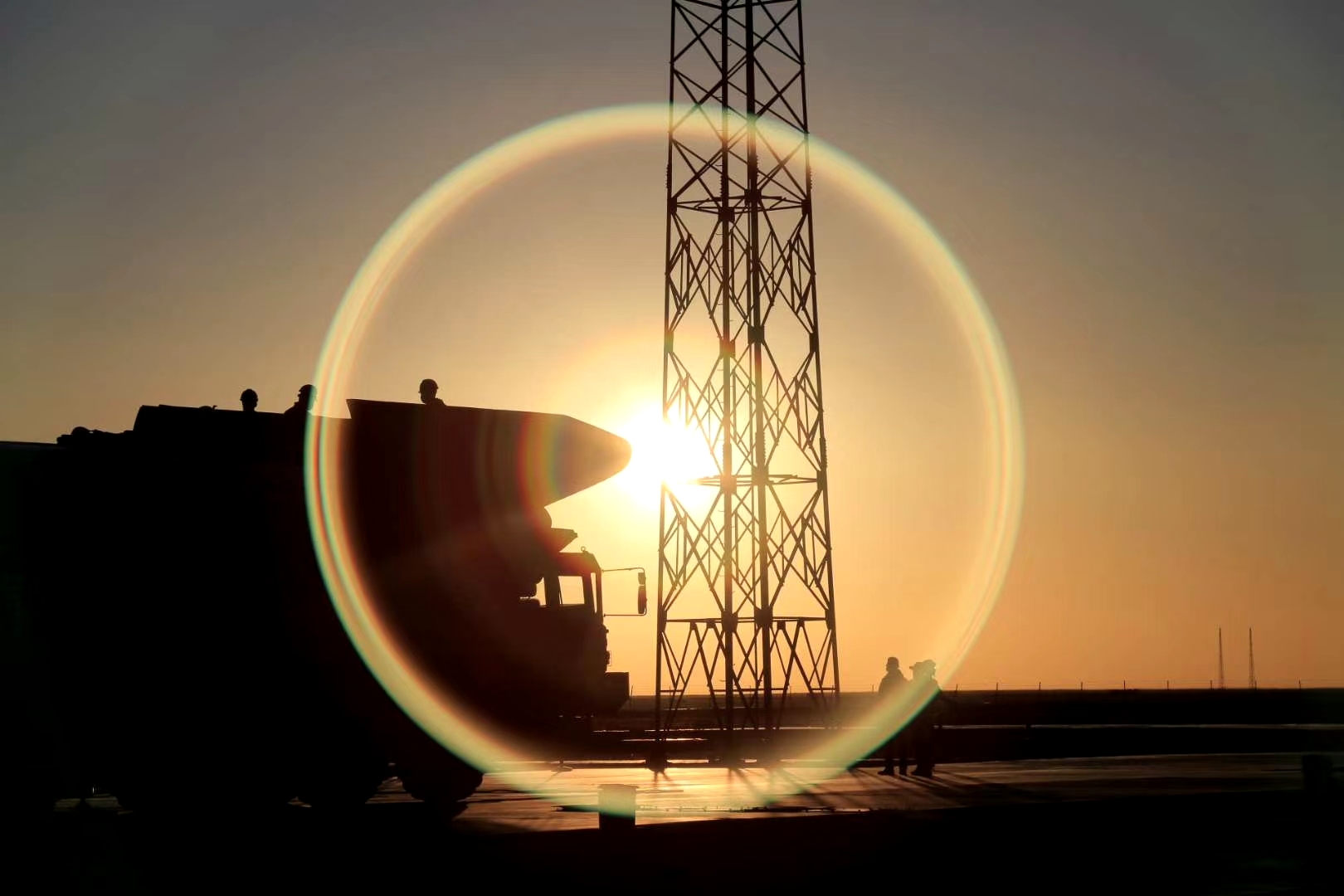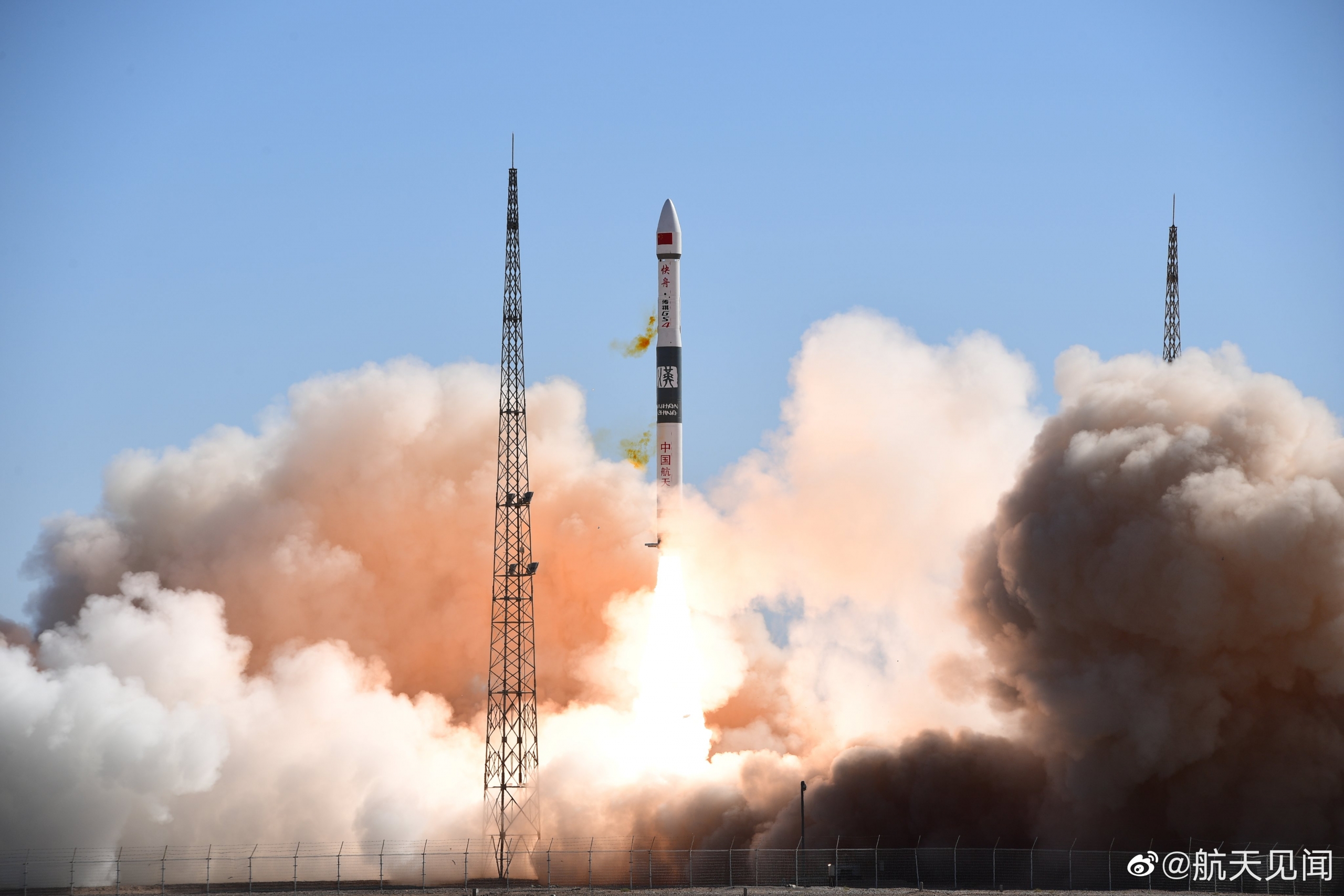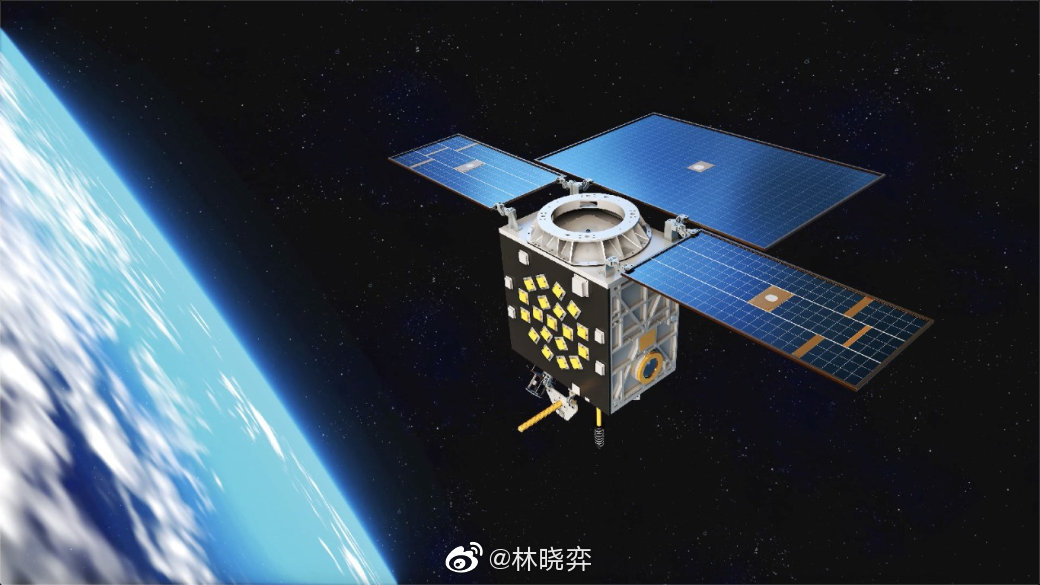A Chinese Kuaizhou 1A rocket launched the first two satellites for China’s planned Xingyun Internet of Things communications and data relay constellation at 9:16 12 May 2020. Delayed from April.
flight sequence
A Chinese Kuaizhou-1A (Y6) rocket has launched the first two operational satellites for the Xingyun…

www.nasaspaceflight.com
Kuhaizhou-1A launches two satellites, one named in tribute to Wuhan
A Chinese Kuhaizhou-1A (Y6) rocket has launched the first two operational satellites for the Xingyun narrowband constellation. The launch took place at 01:16 UTC on Tuesday from the Jiuquan Satellite Launch Center. The two satellites Xingyun-2 (01) ‘Wuhan’ and Xingyun-2 (02) were developed by the Xingyun Satellite Co., a subsidiary of China Aerospace Science and Industry Corporation (CASIC), Sanjiang Group, in Wuhan.
The first satellite of the Xingyun project was named “Wuhan”, which was intended to “pay tribute to the heroic Wuhan city and the heroic Wuhan people”, according to Chinese state media.
Each satellite has a launch mass of 93 kg and its main payload is an L-band communication system and a trans-satellite laser communication package. There are believed to be other, unspecified, hosted payloads onboard.
The narrow-band data transfer rate is 2.4 – 9.6 kbps for uplink and 2.4 kbps for downlink. The satellites will operate at a 561 km altitude SSO.
The two satellites are aimed to achieve independent innovation in technology areas such as inter-satellite laser link technology, spaceborne digital multi-beam communication payload, and air-to-ground satellite communication protocol and also in several key industries such as polar environment monitoring.
Promotional materials class satellites as “laying the foundation for the subsequent networking of space-based Internet of Things”.
Since its establishment in December 2017, Xingyun Company has been devoted to the construction of the Xingyun Project (“Sky-based Internet of Things”).
As the first space-based IoT constellation to announce independent investment and construction in China, the Xingyun Project is one of the key projects of the “Five Cloud Project”, a commercial aerospace project that China Aerospace Science and Technology has followed the development trend of the international commercial aerospace industry.
The Xingyun project is divided into three stages: α, β, and γ. The constellation consisting of 80 low-orbit communication satellites will be completed around 2023 aimed at solving the problems of communication blind spots caused by the serious lack of cellular network coverage in the development of terrestrial IoT.
Up to now, the Xingyun Company has cooperated with the Aerospace Science and Technology Rocket Technology Co., Ltd. and other units to prepare the satellites for launch.
Like previous Kuaizhou-1A launches, this mission was managed by Expace Technology Co., Ltd., a subsidiary of China Aerospace Science & Industry Corp. It is specialized in R&D, manufacturing and marketing of the Kuaizhou series launch vehicle.
The Kuaizhou-1A is promoted as “high reliability, high precision and low-cost solid launch vehicle” developed by China Aerospace Science and Technology Corporation (CASIC) and commercialized by the China Space Sanjiang Group Corporation (Expace).
The launch vehicle can send a 200kg payload into a 700km sun-synchronous orbit.
The vehicle is based on the road-mobile DF-21 missile, with the addition of two stages. There are no obvious differences between the KZ-1A (that was previously commercially available as the FT-1 Feitian-1) and the KZ-1 launch vehicle. However, with the KZ-1, the payload remains attached to the fourth liquid stage, while the KZ-1A is used for multiple payloads.
The KZ-1A solid launch vehicle adopts a mobile launch platform, integrated power supply equipment, test and launch control facilities, aiming facility and temperature control facility, to carry vehicles from the technical support center to launch site, complete temperature control of payload, vehicle test and launch.
The rocket is 20 meters long with a lift-off mass of 30 tons and is 1.4 meters in diameter. The solid propulsion system consists of three solid vehicle motors to provide power during first stage flight, second stage flight and third stage flight. All of the three solid motors use a single fixed nozzle.
The vehicle can be used with two kinds of fairings having a diameter of 1.2 and 1.4 meters according to the space demand of cargo to be orbited.
The usual launch profile involves first stage separation taking place 1 minute and 23 seconds after launch. The second stage separation takes place at 2 minutes 21 seconds after launch, and the fairing jettisoning 15 seconds after second stage separation.
Ignition of the third stage occurs at 192 seconds into the flight, ending 1 minute 32 seconds later. Three seconds after third stage separation, the fourth and final stage provides the last kick into orbit, with a burn duration of 12 minutes and 45 seconds. Spacecraft separation takes place 17 minutes and 40 seconds after launch.
The first satellite separates 25 minutes 55 seconds into the flight and the second satellite separates 2 minutes 30 seconds later.
The first launch of the Kuaizhou-1A launch vehicle orbited the Jilin Linye-1 forestry satellite and two small CubeSats-2U: the Xingyun Shiyan-1 and the Kaidun-1 ‘Caton-1’. The launch took place on January 9, 2017, from Jiuquan.
The Jiuquan Satellite Launch Center, in Ejin-Banner – a county in Alashan League of the Inner Mongolia Autonomous Region – was the first Chinese satellite launch center and is also known as the Shuang Cheng Tze launch center.
Jiuquan was originally used to launch scientific and recoverable satellites into medium or low earth orbits at high inclinations. It is also the place from where all the Chinese crewed missions are launched.
The site includes a Technical Centre, two Launch Complexes, Mission Command and Control Centre, Launch Control Centre, propellant fuelling systems, tracking and communication systems, gas supply systems, weather forecast systems, and logistic support systems.
The LC-43 launch complex, also known as the South Launch Site (SLS) is equipped with two launch pads: 91 and 94. Launch Pad 91 is used for the crewed program for the launch of the Long March-2F launch vehicle (Shenzhou and Tiangong). Launch Pad 94 is used for unmanned orbital launches by the Long March-2C, Long March-2D and Long March-4C launch vehicles.
Other launch zones at the launch site are used for launching the Kuaizhou, the CZ-11 Chang Zheng-11 and other solid rocket motor commercial and private launch vehicles.
The first orbital launch took place on April 24, 1970 when the CZ-1 Chang Zheng-1 rocket launched the first Chinese satellite, the Dongfanghong-1 (04382 1970-034A).







